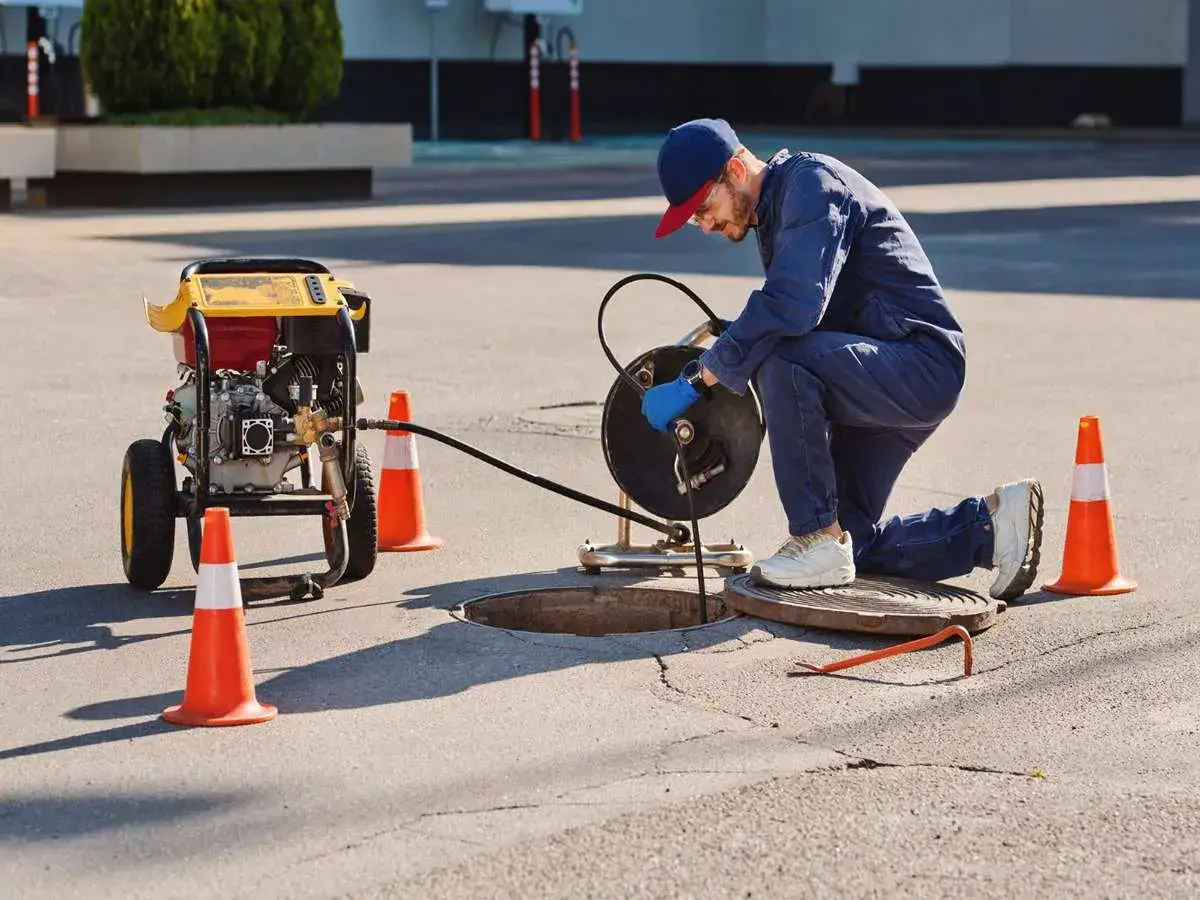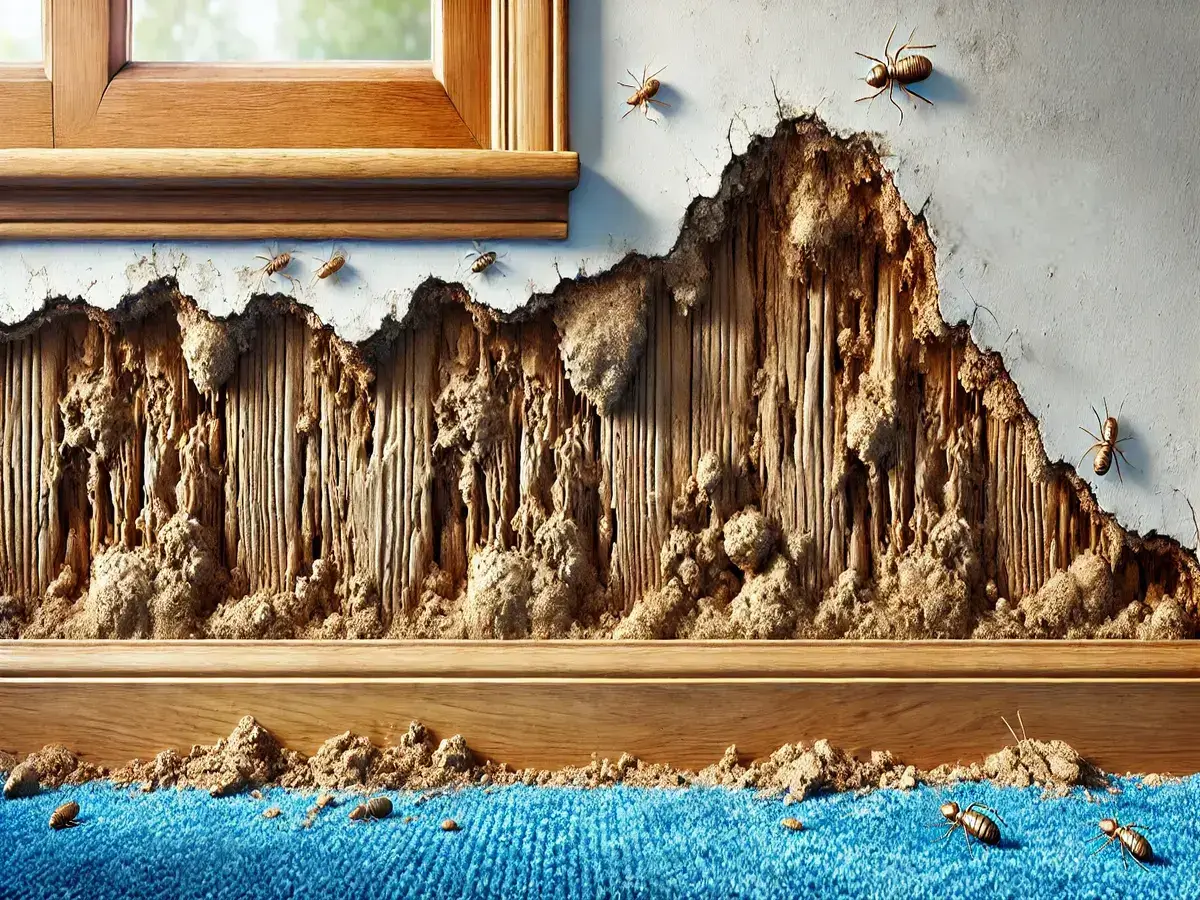Buying a home is always a thrilling experience. You walk through beautiful kitchens, cozy living…

How Long Does a Home Inspection Take? A Detailed Breakdown
It’s crucial to ensure your home is in excellent condition, whether you already own one or want one. For this, a thorough home inspection is the solution. While scheduling a home inspection, it is important to have an in-depth knowledge of what it will cover and other important aspects. This understanding can help home buyers plan their schedules and set expectations straight. This blog provides a detailed breakdown of what a home inspection in Arizona will cover, including the factors that influence its duration. By gaining insight into the various aspects of a home inspection timeline, you can better prepare for the process and ensure a thorough evaluation of your prospective property.
The Process of a Home Inspection
A regular home inspection is a thorough assessment of every home component to spot any potential issues or areas of concern. The length of a home inspection may depend on several variables, including the size and condition of the house. The list of the specific regions an inspector looks at during a home inspection is provided below:
- Exterior Evaluation: The inspector will examine the roof, chimney, gutters, siding, windows, doors, and foundation. They’ll look for indications of harm, water intrusion, or other structural problems.
- Interior Inspection: This entails carefully inspecting the interior components, including the doors, windows, floors, walls, and ceilings. The inspector will search for any signs of harm, leaks, mold, or issues with the plumbing or electrical systems.
- Roof inspection: An inspector examines the roof for indications of wear and tear, leaks, or damage. The inspector may climb onto the roof or use specialized tools to inspect it.
- Structural Assessment: The house’s integrity is assessed for cracks, shifting, or instability in the foundation, walls, and other structural components.
- Plumbing System: The certified home inspector will examine the plumbing system, which includes the water heater, sump pumps, pipes, fixtures, and drains. They will check for leaks, problems with the water pressure, and proper operation.
- Electrical System: This entails looking over the main electrical panel, outlets, switches, and electrical wiring. The inspector will look for damaged or old wiring, fire hazards, or safety issues.
- HVAC Systems: The effectiveness, functioning, and general condition of the heating, ventilation, and air conditioning systems are assessed. The inspector will inspect the air filters and test the heating and cooling systems.
- Insulation and ventilation: To guarantee optimum airflow and moisture control, the inspector will evaluate the attic, walls, floor insulation levels, and ventilation systems.
- Fixtures and Appliances: Any included fixtures, such as ovens, dishwashers, and built-in systems, may be put through a test run to make sure they function correctly.
- Safety Measures: To check for conformity with safety regulations, the inspector will assess safety features such as smoke alarms, carbon monoxide detectors, railings, and staircases.
The inspector would typically provide a full report after the inspection outlining their findings, including any issues and fixes they felt were required. This report is a valuable resource for sellers or buyers when negotiating repairs or changing the purchase agreement terms.
Factors Affecting the Home Inspection Process
Different factors that can later affect its accuracy, thoroughness, and overall effectiveness influence the home inspection process and its duration. These factors can range from the age and condition of the home to the pre-inspection preparations.
- Age and Condition of the Home: Age and Condition of the Home: The age and general condition of the property can considerably impact the inspection process. Older homes could have particular problems caused by outdated systems or materials, necessitating a more thorough inspection. Numerous issues that need to be addressed may become apparent in properties in poor condition or neglected maintenance.
- Accessibility: How easily people can access different house parts may impact the inspection process. The inspector may be unable to thoroughly investigate some locations because they are difficult to access, such as attics, crawlspaces, or small corners. Additionally, obstacles like furniture or items put away can make it difficult to access essential parts and impede the inspection, making the inspection process take longer than expected.
- Weather Conditions: Various weather factors can impact the inspection process. For instance, heavy rain or snow could make it difficult for the inspector to evaluate all exterior elements, including the roof and exterior walls. It can be challenging to assess the functioning of some systems, such as the HVAC or plumbing when there are extreme temperatures or bad weather conditions.
- Inspector’s Experience: A critical factor in the inspection process is the house inspector’s knowledge, credentials, and experience. An experienced inspector is well-versed in building systems and construction methods will be better able to pinpoint problems and conduct the home inspection comparatively faster. Inspectors who have received specialized training, such as radon or mold testing certifications, can shed more light on particular issues, making the inspection process more thorough.
- Occupants and Personal Property: The inspection procedure may be impacted by occupants or personal property in the house. Occupied residences could have restricted access to specific sections or need schedule flexibility to meet the occupants’ needs. Individual items or cluttered areas can limit the inspector’s view and make it challenging to examine various components, making it longer for the house to get inspected.
- Weather Conditions: In some circumstances, the weather may impact the inspection process. The inspector’s ability to evaluate the property’s exterior, including the roof, gutters, or siding, may be hindered by unfavorable weather conditions, such as persistent rain or heavy snow. Extreme temperatures or bad weather can also affect how well some systems work, necessitating more time the inspector spends assessing them.
- Size of the Home: The duration of the inspection directly depends on the size of the home. Larger homes with more rooms, levels, and living areas naturally need longer to evaluate thoroughly. Potential problems must be identified in each area, and it may take more time to inspect each home system, component, or feature.
- Pre-Inspection Preparation: The homeowner or seller can help the inspection go more smoothly by preparing the property in advance. This includes checking that all utilities are on, ensuring that mechanical systems have clear access, removing obstacles, and doing necessary repairs for apparent problems. The inspector may navigate through the property more efficiently and evaluate different components more successfully with the help of pre-inspection preparation.
Homeowners can prepare their property for inspection by being aware of these factors, and buyers can have reasonable expectations and make decisions based on the inspector’s findings by being informed. In the end, a thorough home inspection is essential for identifying any potential problems, guaranteeing the integrity and safety of the building, and enabling informed real estate transactions.
Call Advantage Inspection Service today and experience the peace of mind you deserve. Schedule your comprehensive inspection now and unlock the knowledge to make confident decisions about your property. Don’t wait; secure your advantage today!



